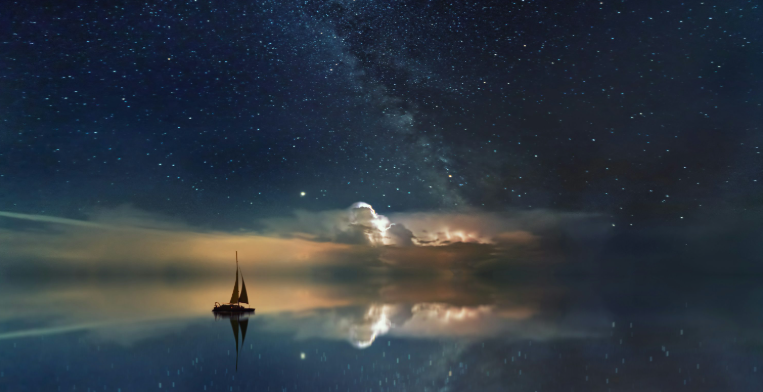
The Starless Sea
Listen to the audio of the story:
Dr. Amara Rao noticed the first absence on a Tuesday. Cygnus X-1 - the first confirmed black hole - had vanished from her telescope’s view. Not collapsed. Not moved. Erased.
By Friday, six more stars were missing. Not just dead, but retroactively deleted from photographic plates and memory. Her colleagues recalled nothing. “You’re overworked,” the department chair said, removing the Hubble access she’d fought five years to obtain.
The breakthrough came when she found the pattern: each missing star corresponded to pivotal moments in human history. Kepler-22b disappeared the day the last climate accord failed. Betelgeuse blinked out as world leaders approved AI-driven warfare.
Her isolation deepened when she discovered the underwater facility. Hidden beneath the Arctic ice, its glass-domed walls revealed the stolen stars swirling in a liquid sky. The caretaker - if it could be called that - had too many eyes and a voice like solar wind.
“We’re saving them from you,” it hissed through crystalline teeth. “Your kind uses starlight to justify wars and oppression. We preserve what you corrupt.”
Amara stared at the captive constellations. “But without the stars,” she whispered, “we’ll never see how small we are.”